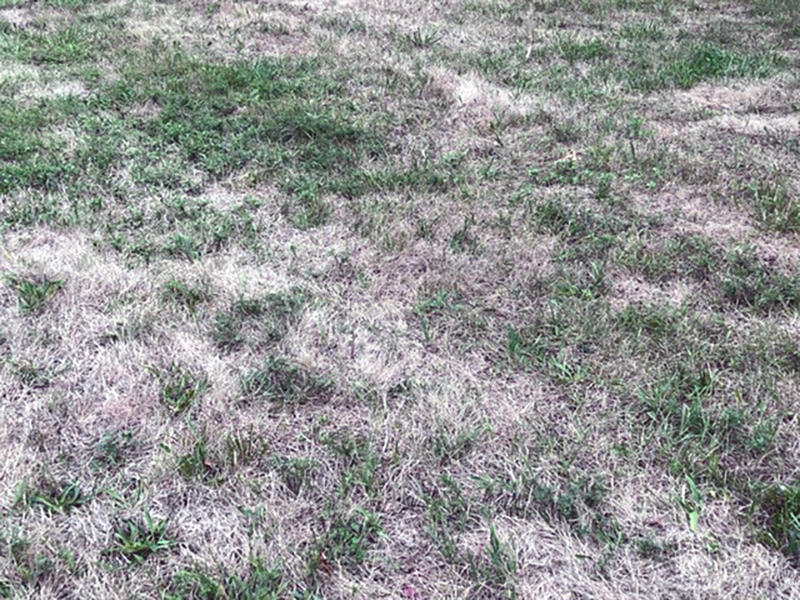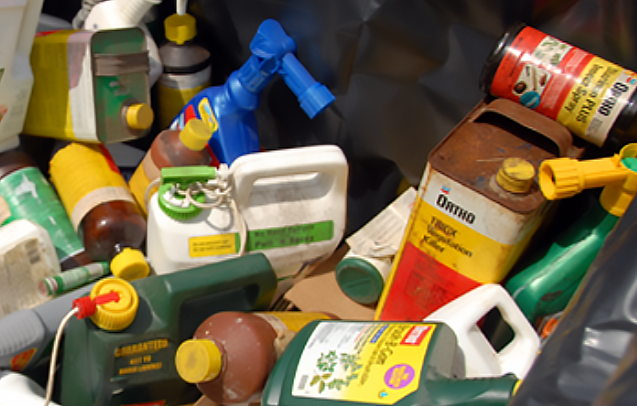
August 26, 2022| Environment
By: Kyle Richter
Summer 2022 has seen plenty of blue skies, but the absence of rain has left much of the Garden State in abnormally dry or drought conditions. As these dry days continue, many have seen their once-green lawns turn brown. And while it may look a little unsightly, it doesn’t mean your lawn is dead.
The lack of water and the high temperatures we have been experiencing put stress on your lawn, causing it to go dormant, much like it does during the winter months. A healthy lawn, though, can survive for weeks without water. If you are unsure if your grass is dormant or dead, one way to tell is by tugging on the grass – if when tugged, the roots hold steady, your lawn is likely not dead, but simply dormant.
Here are a few tips from Rutgers Cooperative Extension to help your lawn thrive during dormancy.
Go Native! Replacing parts of your lawn with native flower beds can help maintain the beauty of your yard. Native plants are adapted to the local landscape and generally require less water and little maintenance after they are established. With deeper root systems, native plants can even improve water quality by effectively holding soil in place and helping filter out pollution from stormwater runoff. These deeper root systems also help the plants withstand drought conditions.
Native plants also play an integral part in the world's ecosystem and are important for the healthy populations of birds, native bees, butterflies, bats, and many mammals. And they are beautiful!

February 10, 2025
Education, Environment

January 29, 2025
Community, Environment